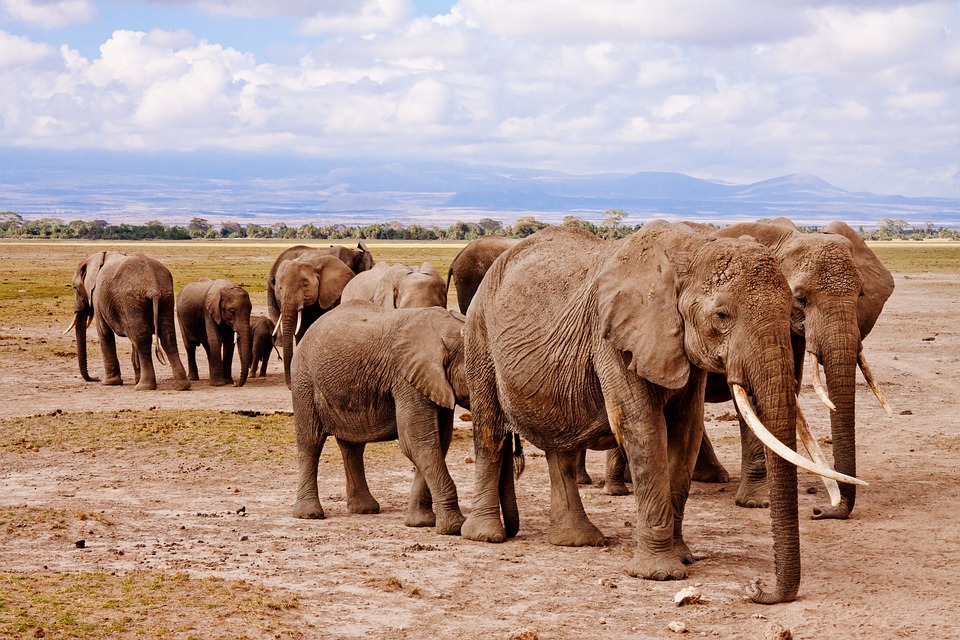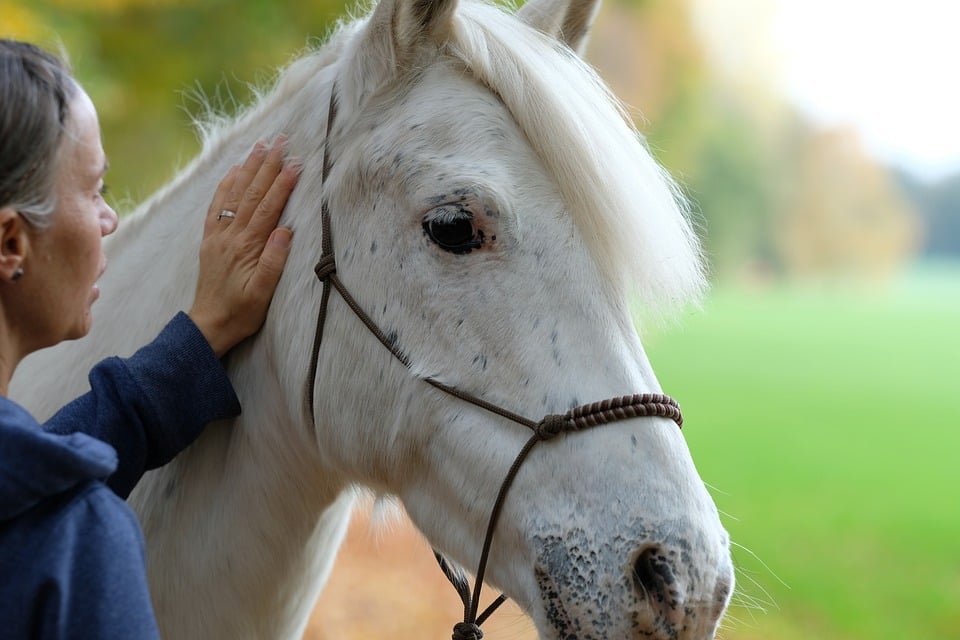In a groundbreaking development for wildlife conservation, Dr. Andrea Harvey, a veterinarian and animal welfare scientist at the University of Technology Sydney, has introduced a world-first holistic framework for assessing the mental and psychological well-being of wild animals. This innovative approach marks a significant shift in conservation efforts, moving beyond traditional metrics like population numbers and reproductive success to consider the quality of life experienced by wild animals.
The study conducted by Dr. Harvey has the potential to revolutionize conservation strategies by providing early warning signals about species challenges and population declines. By focusing on the individual lives, feelings, and mental experiences of wild animals, this research aims to enhance our understanding of the well-being of wild animal populations and its implications for conservation and ecosystem health.
Dr. Harvey’s comprehensive conceptual framework, known as the „10 Stage Protocol,“ includes physical and behavioral indicators for both negative and positive mental experiences in wild animals. By examining factors such as nutrition, physical environment, health, and behavioral interactions, researchers can gain insights into the mental experiences of wild animals, including states of distress, anxiety, fear, and positive well-being indicators.
The research initially focused on brumbies, free-roaming wild horses from Australia’s alpine regions, as a case study. By studying brumbies, which have similarities to domestic horses in terms of welfare research, Dr. Harvey was able to develop a framework that is widely applicable for evaluating the mental experiences of many wildlife species. The study, titled „Mental Experiences in Wild Animals: Scientifically Validating Measurable Welfare Indicators in Free-Roaming Horses,“ was recently published in the journal Animals.
Dr. Harvey’s research extends beyond brumbies to other wildlife species, including Australian water birds like the straw-necked ibis and pelicans, as well as endangered species like koalas. By collaborating with researchers studying different animal populations, Dr. Harvey aims to evaluate overall well-being, inform conservation efforts, and influence policy decisions related to habitat protection and wildlife management.
Despite the challenges of studying the mental experiences of wild animals, Dr. Harvey’s innovative methods, such as remote camera traps, have proven valuable in collecting detailed data on wild animal behavior. By integrating knowledge from neuroscience, behavior, and neuroethology, researchers can interpret the data collected and gain insights into the well-being of wild animals.
Dr. Harvey’s pioneering research holds immense potential in transforming the field of conservation biology by shedding light on the mental experiences of wild and endangered animals. By incorporating welfare assessments into wildlife monitoring and environmental policy decision-making, researchers can better understand the interactions between species and ecosystems, ultimately leading to more effective conservation strategies.
Overall, Dr. Andrea Harvey’s work represents a significant step forward in understanding and safeguarding the mental well-being of wild animals, highlighting the interconnectedness between animal welfare, conservation, and ecosystem health.





